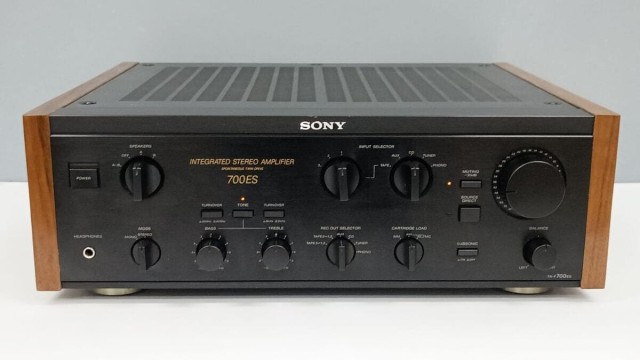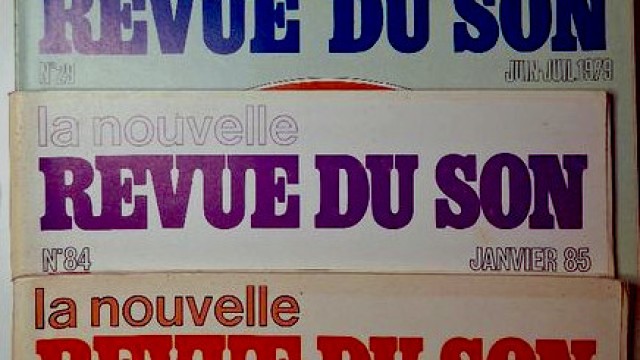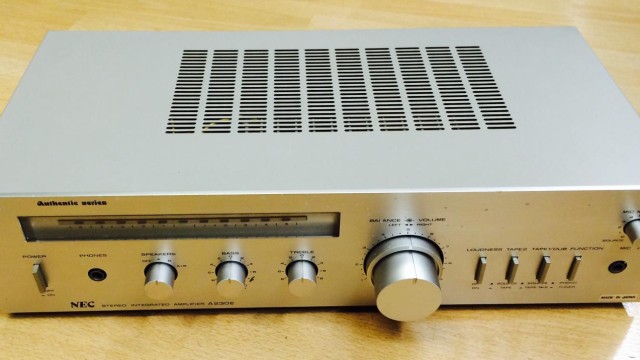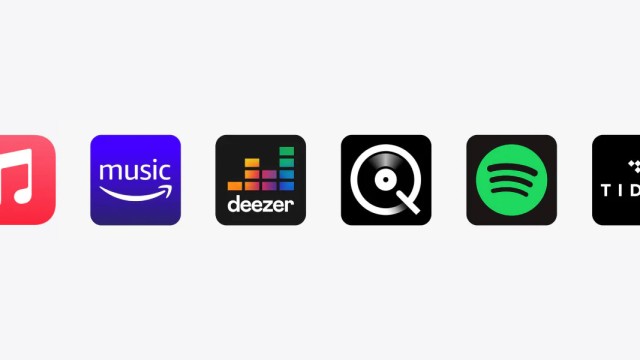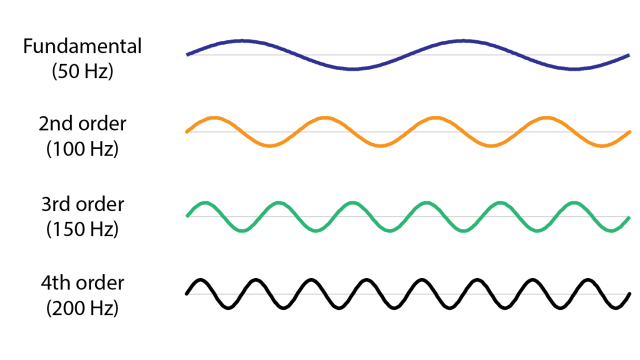
Physical formats with sound quality better than CD
Many Sometimes we get lost in the battle of which physical format has more quality, between vinyl and CD, as if there had been no later modes of distribution of music in physical format that they supposedly surpassed them in quality.
Let's see What are the main formats to take into account and what technical characteristics have:
CD audio (1985) The first digital audio discs (with 1978 LaserDisc permission that already allowed 16-bit digital audio and 44.1kHz) were CDs, a system that offers music on a disc optical 12 cm diameter, with a resolution of 16 bits at 44.1 kHz Which theoretically covers the entire audible spectrum of one ear young human, ranging from 20 to 20kHz.
DAT (1987) On tape, there was the Sony DAT which is from 1987 and offered 48, 44.1, or 32 kHz sample rates with 16 bits of resolution, being discontinued in 1992, coinciding with the arrival of the MiniDisc format from the same company.
MiniDisc (1992) It is a magneto-optical disc of small dimensions (6.4 cm encapsulated in a 7cm × 6.75cm × 0.5cm) and rewritable, designed by Sony to hold up to 80 minutes of digitized audio, at a resolution of 16 bits and a 44.1 kHz tracking frequency, using compression ATRAC/ATRAC3, with the possibility of DRM.
It was intended to replace cassette tapes, since DAT did not became popular among the general public, and its presence remained relegated to the professional field.
The company ceased production in 2014.
HDCD (1995) The High Definition Compatible Digital was an extension of the format CD, developed by Pacific Microsonics, which based on the specification of the CD+G (which allows the possibility of including low resolution graphics on CDs) took advantage 4 bits of the 16 that the standard CD samples to allow 20-bit resolution on those players to support it, and allowing you to listen to the CD with a loss almost invaluable in those who do not, which is compatible with any audio CD player.
The technology was purchased in 2000 by Microsoft, and incorporated in their Windows operating systems, which could reproduce this type of discs using Windows Media Player from version 9, if we had a 24-bit sound card installed, but it was discontinued in 2005.
Despite There are more than 5,000 titles published with this technology.
DVD (1995) The DVD was the proposal of the DVD Consortium, which would replace VHS. It was a disk of the same size than an audio CD but with improved technology that allowed greater capacity, to the point of being able to hold movies, with audio at a resolution of 24 bits at 48 kHz, which offers a 144dB dynamic range. And it makes it an ideal format for see concerts.
DVD-Audio (1997) was the proposal led by Pioneer and Matsushita which supports sampling in 16, 20 or 24 bits. And with the sample rate of the audio CD of 44.1 and its versions x2 (88.2 kHz) and x4 (176.4 kHz). Or that of the 48 kHz DVD with its multiples x2 (96kHz) and x4 (192kHz).
SACD (1999) The Super Audio CD was the evolution of CDs proposed by Philips and Sony, for high-end audio definition, using the physical format of the DVD, but with a PDM-type encoding, known by the trademark DSD (Direct Stream Digital) from Sony, which reaches 100 kHz, far below above the maximum audible frequency of a young ear consider 20kHz.
This type of encoding was intended to save the work that DACs must perform for digital to analog conversion, allowing cheaper players by presenting the data already in a PDM (Pulse Density Modulation) format, but on the contrary, it is necessary to reconvert this format to one PCM to do certain types of signal processing.
Blu-ray Disc (2002) With the arrival of video in high definition required a format that surpassed DVD and the Blu-ray Disc (sponsored by the Blu-ray Disc Association) won the battle against HD-DVD (promoted by Toshiba), which ceased its fight in 2008.
As far as sound is concerned, the Blu-ray supports 48 kHz audio, 96 kHz and 192kHz. What makes it the best physical format currently to see concerts.
Blu-ray Pure Audio (2013) It is an initiative of Universal Music designed for listening to music in High Fidelity, such as substitute for DVD-Audio, but unlike it, which required a special player, any Blu-ray player can play it.
With a resolution of 24 bits and a sample rate of 192 kHz.

